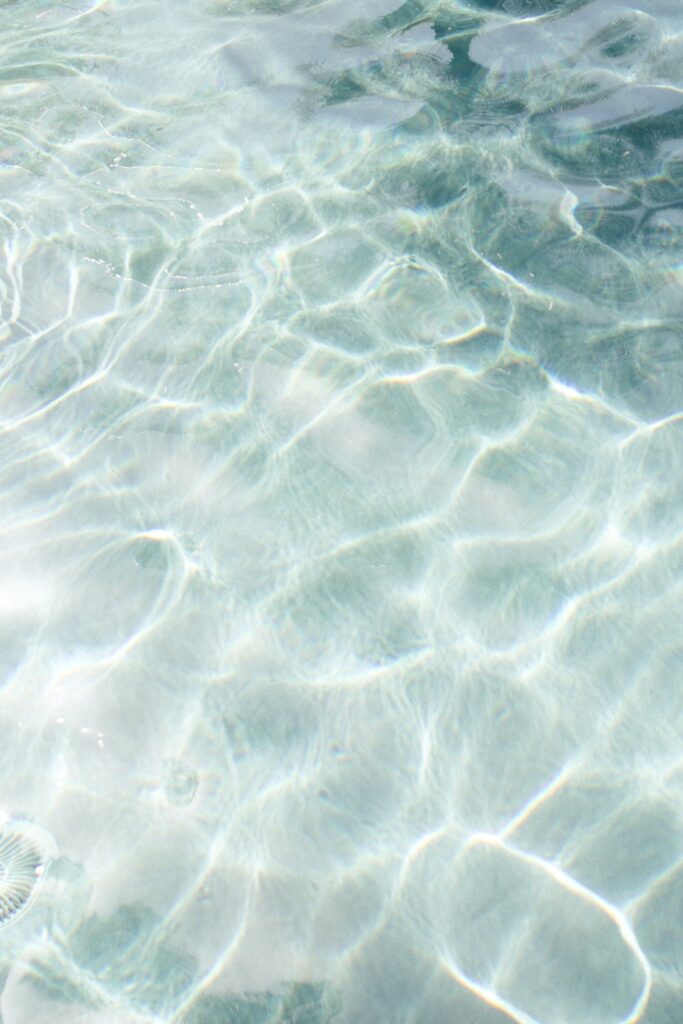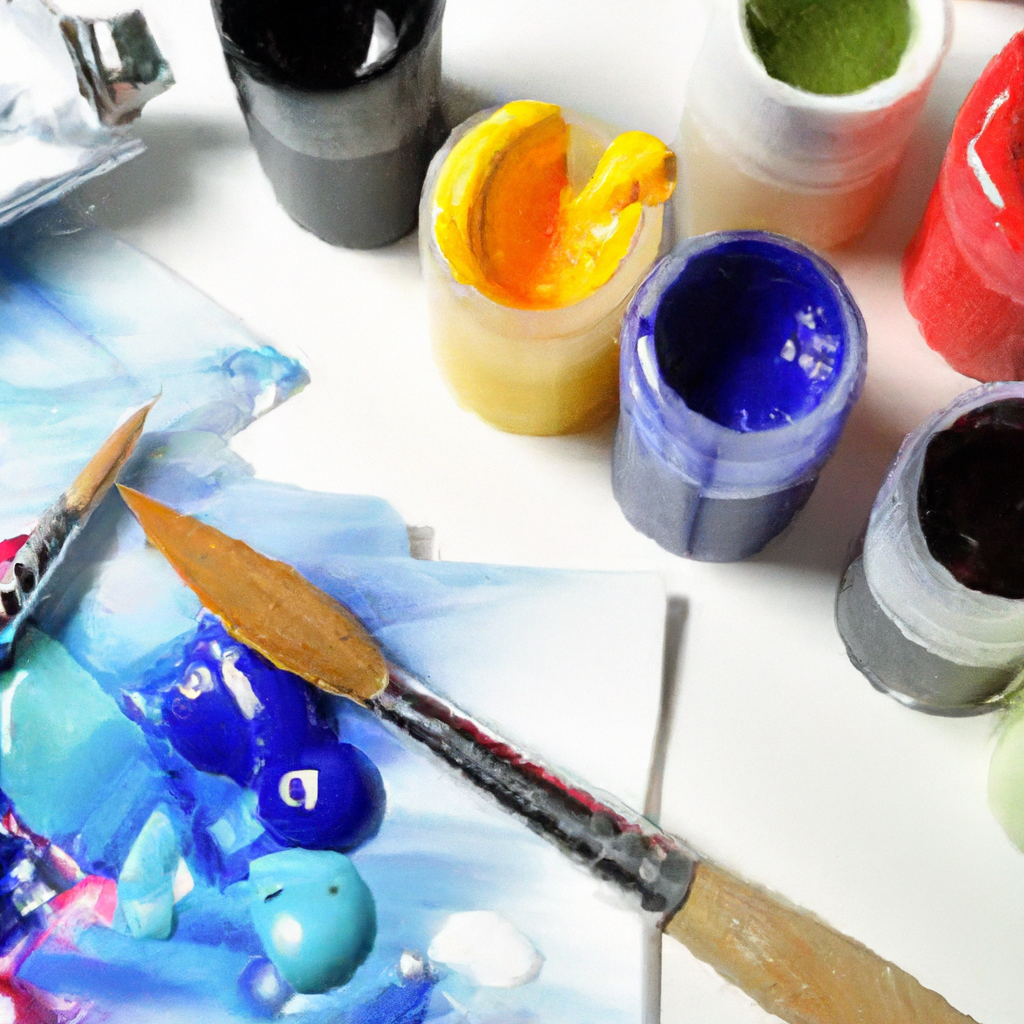Acrylic paint is a versatile medium that has gained immense popularity among artists due to its fast-drying nature and vibrant colors. However, there may come a time when you find yourself needing to thin your acrylic paint to achieve a desired effect or consistency. In such instances, it becomes crucial to know the various options available to you for thinning acrylic paint. This article will explore different substances that can be used to effectively thin acrylic paint, allowing you to achieve the desired results in your artwork.

This image is property of images.unsplash.com.
Water-based Thinners
Water
Water is the most common and readily available option to thin acrylic paint. It is effective in diluting the paint while maintaining its consistency. You can use tap water or distilled water, depending on your preference. However, it is important to note that using too much water can compromise the adhesive quality of the paint and may affect its durability and longevity.
Isopropyl Alcohol
Isopropyl alcohol, also known as rubbing alcohol, can be used as a thinner for acrylic paint. It evaporates quickly, allowing the paint to dry faster. It can also help to break up any clumps or lumps in the paint, making it smoother and easier to work with. However, it is advisable to use isopropyl alcohol in moderation as excessive use can prevent the paint from adhering properly to the surface.
Acetone
Acetone is a powerful paint thinner that can effectively thin acrylic paint. However, it should be used with caution as it can be highly flammable and may have a strong odor. Acetone is best suited for cleaning brushes or for removing dried acrylic paint from surfaces. When using acetone as a thinner, be sure to work in a well-ventilated area and take appropriate safety precautions.
Commercial Acrylic Paint Thinners
Flow Improver
Flow improver is a type of acrylic paint thinner specifically designed to improve the flow and leveling properties of the paint. It helps the paint to spread more easily, resulting in smooth brushstrokes and better coverage. Flow improver is particularly useful when working on larger surfaces or when using techniques that require a longer working time.
Retarder
Retarder is a paint thinner that is used to slow down the drying time of acrylic paint. It allows for more blending and layering of colors, making it ideal for techniques such as wet-on-wet painting or creating smooth gradients. Retarder can be particularly beneficial in hot or dry climates where acrylic paint tends to dry quickly.
Glazing Liquid
Glazing liquid is a specialized acrylic paint thinner used to create transparent and translucent layers. It enhances the luminosity and depth of the paint, allowing for a wide range of glazing techniques. It is commonly used in fine art painting to achieve subtle color shifts and to create a sense of depth and dimension in the artwork.

This image is property of images.unsplash.com.
DIY Thinners and Extenders
Glycerin
Glycerin is a commonly available additive that can be used as a DIY acrylic paint thinner. By adding a small amount of glycerin to your acrylic paint, you can increase its flow and workability. Glycerin also helps to extend the drying time of the paint, allowing for more manipulation and blending of colors. However, it is important to use glycerin sparingly as too much can affect the paint’s adhesion and drying properties.
Baby Oil
Baby oil can be used as a DIY acrylic paint thinner due to its low viscosity and ability to mix well with acrylic paint. It can be added in small amounts to thin the paint and increase its flow. However, it is important to note that using too much baby oil can affect the paint’s drying time and adhesion. Additionally, baby oil is not archival and may cause yellowing or other long-term issues in the artwork.
Liquitex Slo-Dri Blending Gel
Liquitex Slo-Dri Blending Gel is a professional-grade acrylic paint medium that can be used as a thinner and extender. It extends the drying time of the paint, allowing for more blending and manipulation of colors. It also enhances the flow and workability of the paint, making it easier to achieve smooth and even brushstrokes. Slo-Dri Blending Gel is a versatile option as it can be used with any brand of acrylic paint.
DIY Medium
If you prefer to create your own acrylic paint thinner or extender, you can do so by mixing various mediums and additives. A popular DIY medium recipe includes mixing equal parts of water, pouring medium, and airbrush medium. This DIY medium not only thins the paint but also improves its flow, adhesion, and leveling properties. It can be adjusted by adding more or less of each component to achieve the desired consistency and behavior of the paint.

Other Options
Clear Gesso
Clear gesso is a primer often used to prepare surfaces for painting. However, it can also be used as a medium to thin and extend acrylic paint. Clear gesso has a high binder content, making it suitable for maintaining the adhesive quality of the paint. It can be mixed with paint to increase its transparency and fluidity while preserving its durability.
Airbrush Medium
Airbrush medium is specifically designed for thinning and extending acrylic paint for airbrushing techniques. It is formulated to improve flow, atomization, and drying time when using an airbrush. Airbrush medium can also be used with regular brushes to achieve smoother brushstrokes and better paint control.
Polymer Medium
Polymer medium is a versatile acrylic paint additive that can be used as a thinner and extender. It contains acrylic polymers that can increase the flow and translucency of the paint. Polymer medium can be mixed with paint to create glazes, washes, or to thin the paint for a more watery consistency. It also helps to enhance the durability and longevity of the paint film.
In conclusion, there are various options available for thinning acrylic paint, each with its own unique properties and purposes. Whether you choose to use water-based thinners, commercial acrylic paint thinners, DIY solutions, or other mediums, it is important to consider the desired outcome, working conditions, and safety precautions. Experimentation and finding the right combination and ratio of thinners and extenders will allow you to achieve the desired results in your acrylic paintings.




